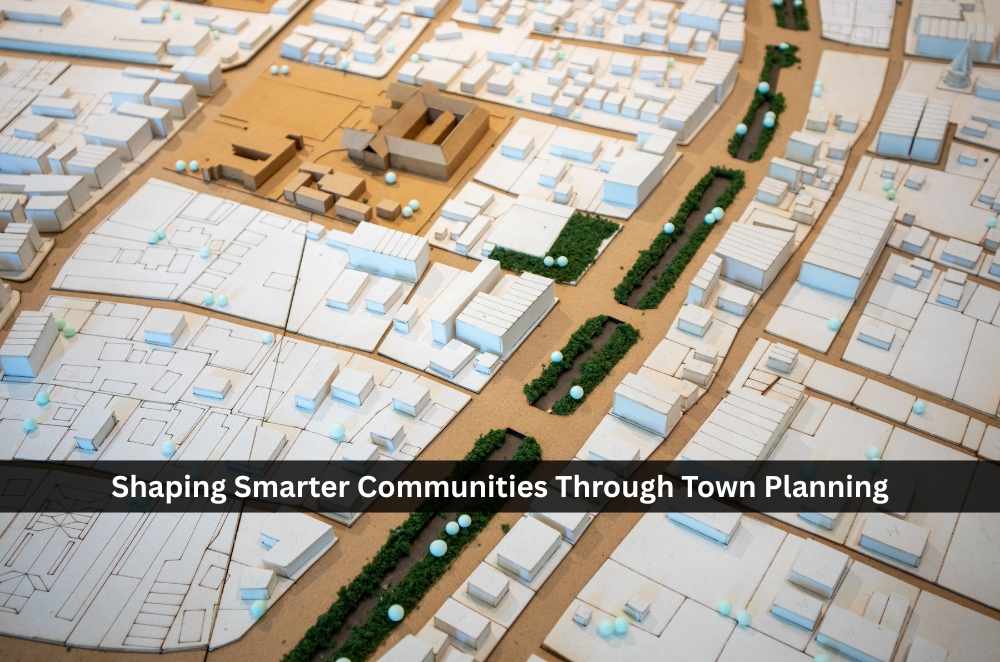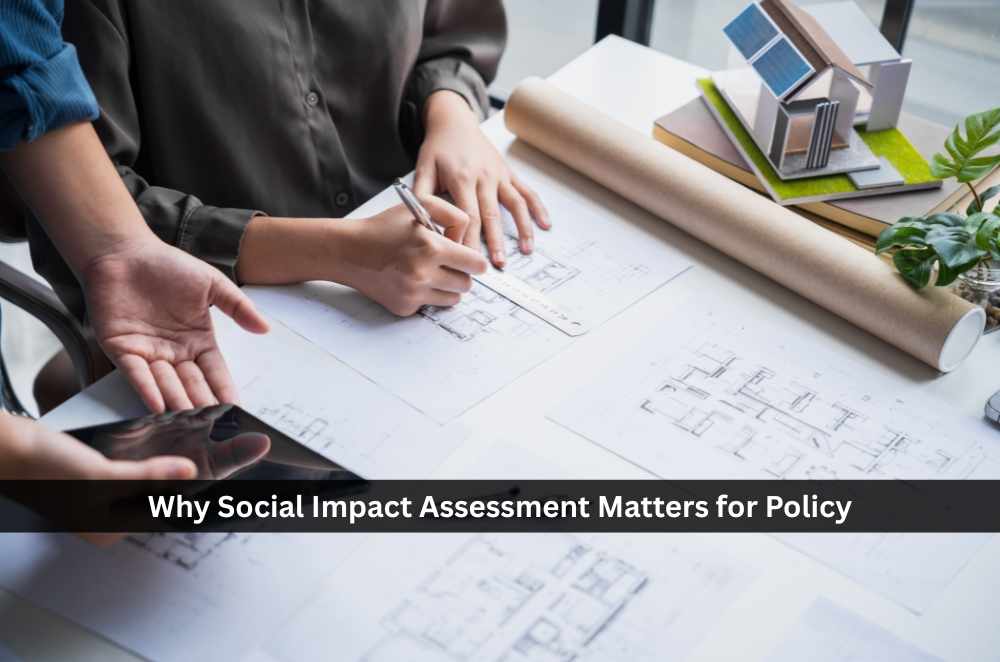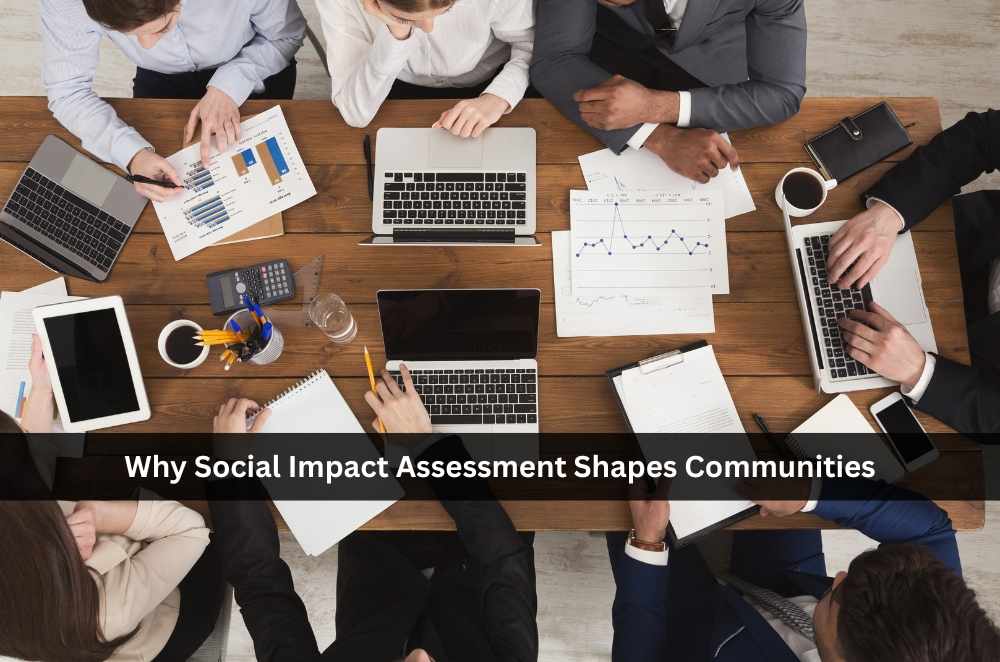
You hear a lot these days about “community consultation” and “stakeholder engagement.” Most people reckon it’s just talk, a formality before the real work begins. In truth, social impact assessment is what distinguishes lasting projects from those that barely get off the ground. There’s pressure from all sides—councils want more detail, local folks expect honesty, and no one is keen to be taken for a ride. If you want to fast-track your planning process, this bit can’t be a box-ticking routine. Getting it right makes life a lot simpler. If not, well, you’ll spend half your timeline fighting fires.
People see through token gestures. They want to know, “Will my suburb still feel like home? Am I losing something or gaining?” That’s what makes a proper assessment valuable. When you stop chasing perfect answers and start listening, the real issues show themselves.
Listening to locals, not just ticking boxes
There’s a bit of a myth that ticking off a few workshops will win hearts. It rarely pans out like that. Anyone who’s had to stand up at a community forum knows what matters is how life changes, not just what’s in the plans.
Ask what keeps people up at night
Be specific—there’s no such thing as an average neighbour
Make feedback count for something
Keep checking in once things get moving
People are pretty sharp about being taken for a ride. You can have a hundred surveys and still miss the main issue. It’s that simple: show you’re listening, make some changes, and you’re already ahead of the pack.
Getting social impact assessment off the page
Here’s the thing—no amount of polished writing fixes a lack of substance. A report full of buzzwords won’t settle nerves. If you deal with what’s tough, objections usually come down. People want to know you’ve heard them, not just ticked a compliance sheet.
Deal with real sticking points, not just surface noise
Be upfront when the answer’s not perfect
Give investors and councils something solid, not just promises
You cut corners, it comes back to bite—more paperwork, more arguments, more money spent chasing approvals that should’ve been sorted. Solid groundwork early makes the difference later, every time.
No one’s buying the old routine
The truth is, the planning world is changing. There’s less patience for lip service, more focus on accountability. If your approach still looks like it did ten years ago, you’re probably missing the mark.
It’s wise to keep tabs on shifts in social impact thinking. Not because it’s trendy, but because the landscape keeps moving. The ones who can adapt and face up to what’s needed? They’re the ones who get things over the line, not just on paper but out in the real world.
Conclusion
All things considered, a thorough social impact assessment requires time. That’s just how it goes. What you put in at the start decides how rocky or smooth the road gets. If you’re honest and up front, people remember it—and that’s what gives a project legs.









Write a comment ...